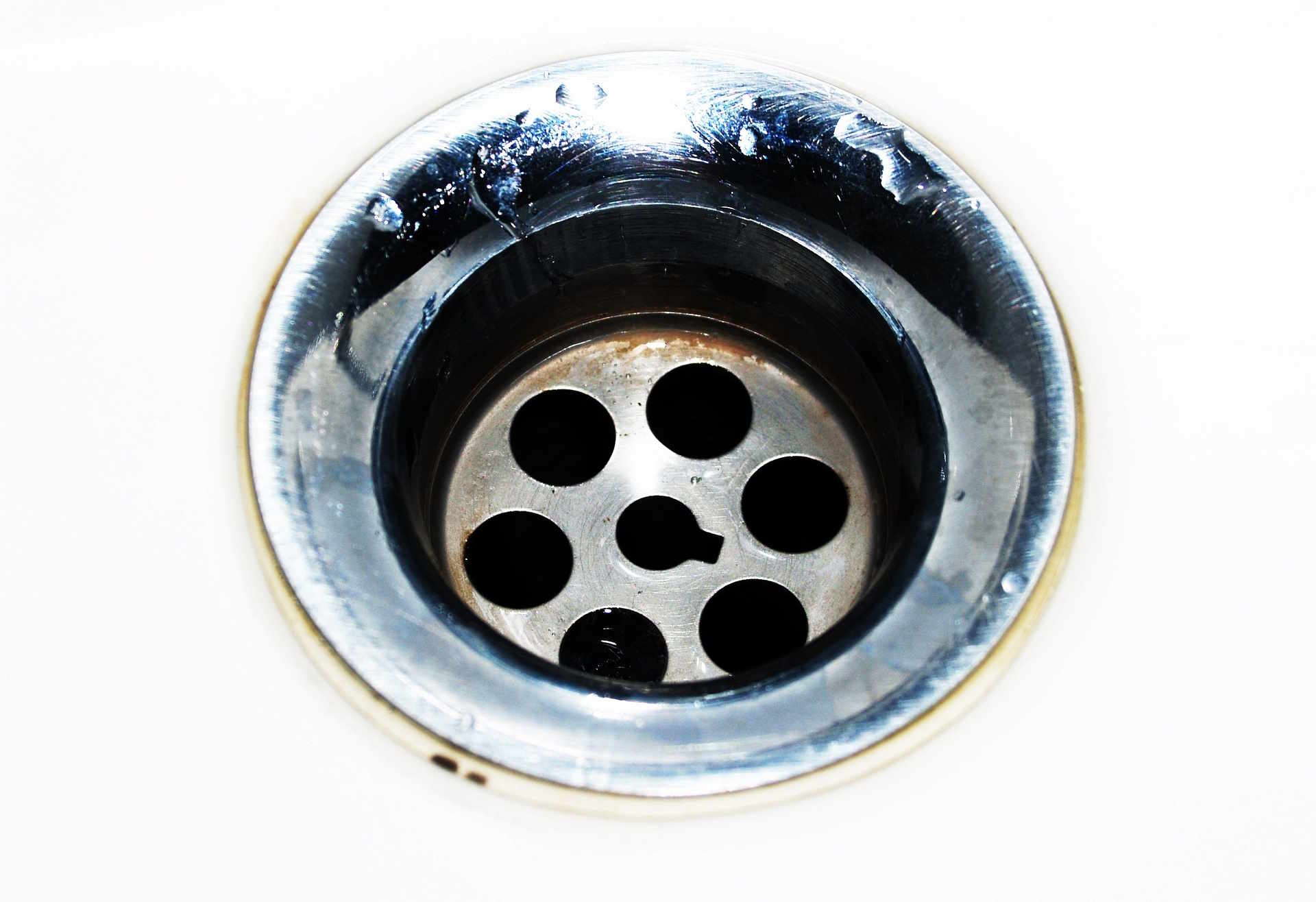The Fascination of Cube House Design: A Modern Architectural Marvel
Introduction: Welcome to the world of cube houses, a modern architectural trend that's turning heads and challenging traditional home design norms. This article delves into the roots of this unique style and explores how it's reshaping contemporary living spaces.

The Emergence of Cube House Design
The cube house design emerged from the Dutch structuralist movement in the 1970s. The architect Piet Blom was a pioneer of this style, creating the famous Cube Houses in Rotterdam and Helmond, The Netherlands. These houses were designed as a metaphor for a village within a city—a safe and intimate environment within a bustling urban landscape. Each house represented a tree, and together they formed a forest. This innovative representation of urban living has since inspired similar designs worldwide.
The Appeal of Cube House Design
Cube houses are renowned for their distinct geometric simplicity. The design’s primary appeal lies in its ability to maximize space through a compact and efficient layout, often bringing to life previously unimagined living spaces. The cubic form allows for more natural light, making the interiors bright and airy. Moreover, cube houses often incorporate open floor plans, creating a sense of spaciousness even in smaller properties.
Practicality and Market Trends
Cube house design isn’t just an architectural statement—it’s a practical solution to modern living challenges. As urban spaces become increasingly congested, homeowners are looking for designs that offer maximum functionality within a minimal footprint. Cube houses fit this bill perfectly. In terms of market trends, the demand for cube houses is gradually increasing, especially among millennials who appreciate the fusion of functional design and modern aesthetics.
Cube House Design and Daily Living
Living in a cube house can be an exciting departure from conventional homes. The design encourages creative use of space and furnishings, turning everyday living into an avant-garde experience. However, it’s worth noting that adapting to a cube house might require certain lifestyle adjustments, mainly due to its unconventional layout and angular interiors.
The Future of Cube House Design
As architectural designs continue to evolve, cube houses are likely to become more popular. They offer a viable answer to the increasing demand for space-efficient, modern homes. Moreover, as sustainability becomes a priority, the compact design of cube houses offers a potential blueprint for eco-friendly living.
In conclusion, cube house design is more than just a trend—it’s a reimagining of living spaces that combines aesthetics, functionality, and sustainability. As we navigate the future of home design, cube houses stand as a testament to architectural innovation and the endless possibilities it holds.




